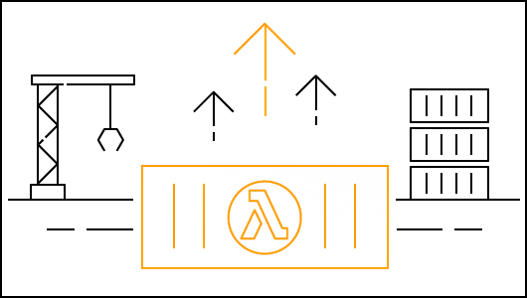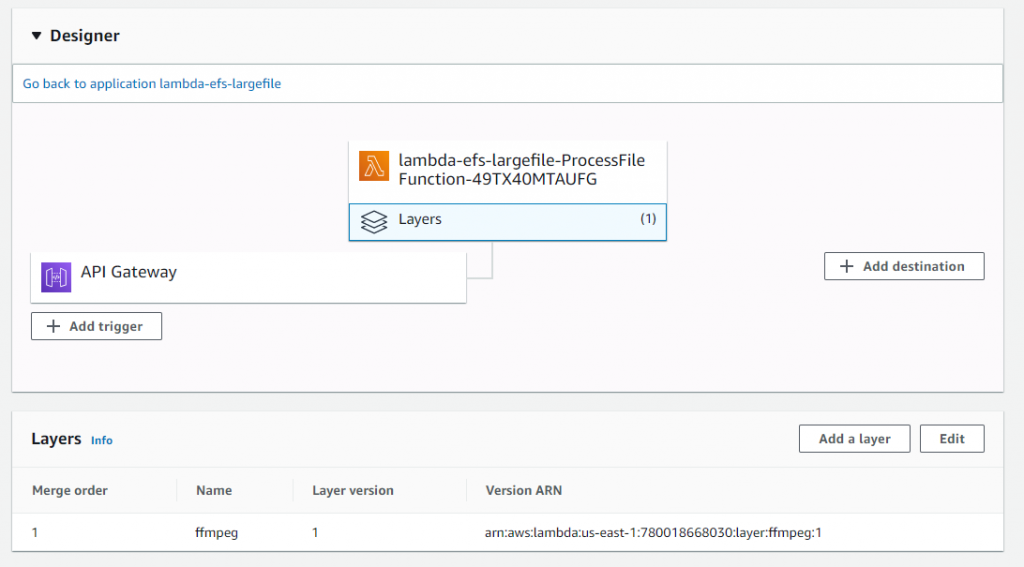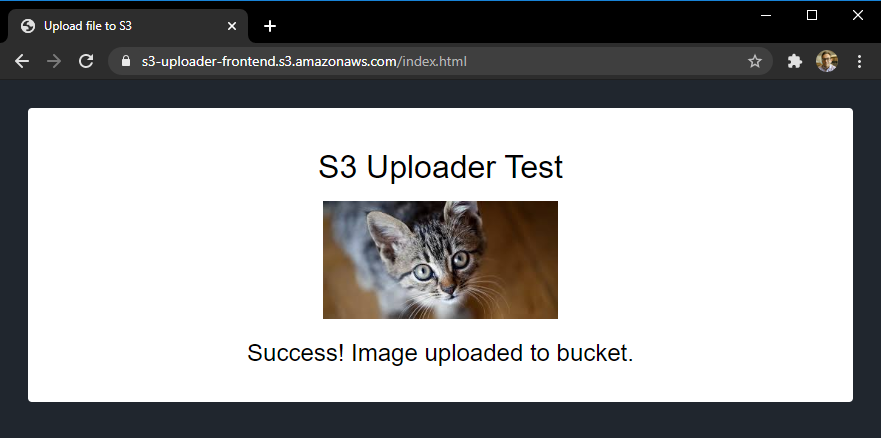AWS Compute Blog
Category: Storage
Operating Lambda: Debugging configurations – Part 3
This post explains common integration errors in Lambda-based applications. These include running an unintended version or alias of a function, triggering infinite loops unintentionally, and issues with downstream availability. In each case, I explain steps you can take to remediate the issue.
Working with Lambda layers and extensions in container images
In this post, I explain how to use AWS Lambda layers and extensions with Lambda functions packaged and deployed as container images. Previously, Lambda functions were packaged only as .zip archives. This includes functions created in the AWS Management Console. You can now also package and deploy Lambda functions as container images. You can use […]
Getting started with RPA using AWS Step Functions and Amazon Textract
This post is courtesy of Joe Tringali, Solutions Architect. Many organizations are using robotic process automation (RPA) to automate workflow, back-office processes that are labor-intensive. RPA, as software bots, can often handle many of these activities. Often RPA workflows contain repetitive manual tasks that must be done by humans, such as viewing invoices to find […]
Using AWS Lambda extensions to send logs to custom destinations
You can now send logs from AWS Lambda functions directly to a destination of your choice using AWS Lambda Extensions. Lambda Extensions are a new way for monitoring, observability, security, and governance tools to easily integrate with AWS Lambda. For more information, see “Introducing AWS Lambda Extensions”. To help you troubleshoot failures in Lambda functions, […]
Choosing between AWS Lambda data storage options in web apps
In this post, I compare the capabilities and use-cases of S3, EFS, Lambda layers, and temporary storage for Lambda functions. There are benefits to each approach, as each type has different behaviors and characteristics.
Optimizing the cost of serverless web applications
Web application backends are one of the most popular workload types for serverless applications. The pay-per-value model works well for this type of workload. As traffic grows, it’s important to consider the design choices and service configurations used to optimize your cost.
Pay as you go machine learning inference with AWS Lambda
In this blog post, you train an XGBoost breast cancer model using Python packages installed on an Amazon EFS file system. You create an AWS Lambda function that loads the Python packages and the model from EFS file system, and perform the predictions.
Uploading to Amazon S3 directly from a web or mobile application
This blog post walks through a sample application repo and explains the process for retrieving a signed URL from S3. It explains how to the test the URLs in both Postman and in a web application. Finally, I explain how to add authentication and make uploaded objects publicly accessible.
Building a serverless document scanner using Amazon Textract and AWS Amplify
This guide demonstrates creating and deploying a production ready document scanning application. It allows users to manage projects, upload images, and generate a PDF from detected text. The sample can be used as a template for building expense tracking applications, handling forms and legal documents, or for digitizing books and notes. The frontend application is […]
Learn why AWS is the best cloud to run Microsoft Windows Server and SQL Server workloads
Fred Wurden, General Manager, AWS Enterprise Engineering (Windows, VMware, RedHat, SAP, Benchmarking) For companies that rely on Windows Server but find it daunting to move those workloads to the cloud, there is no easier way to run Windows in the cloud than AWS. Customers as diverse as Expedia, Pearson, Seven West Media, and RepricerExpress have […]









